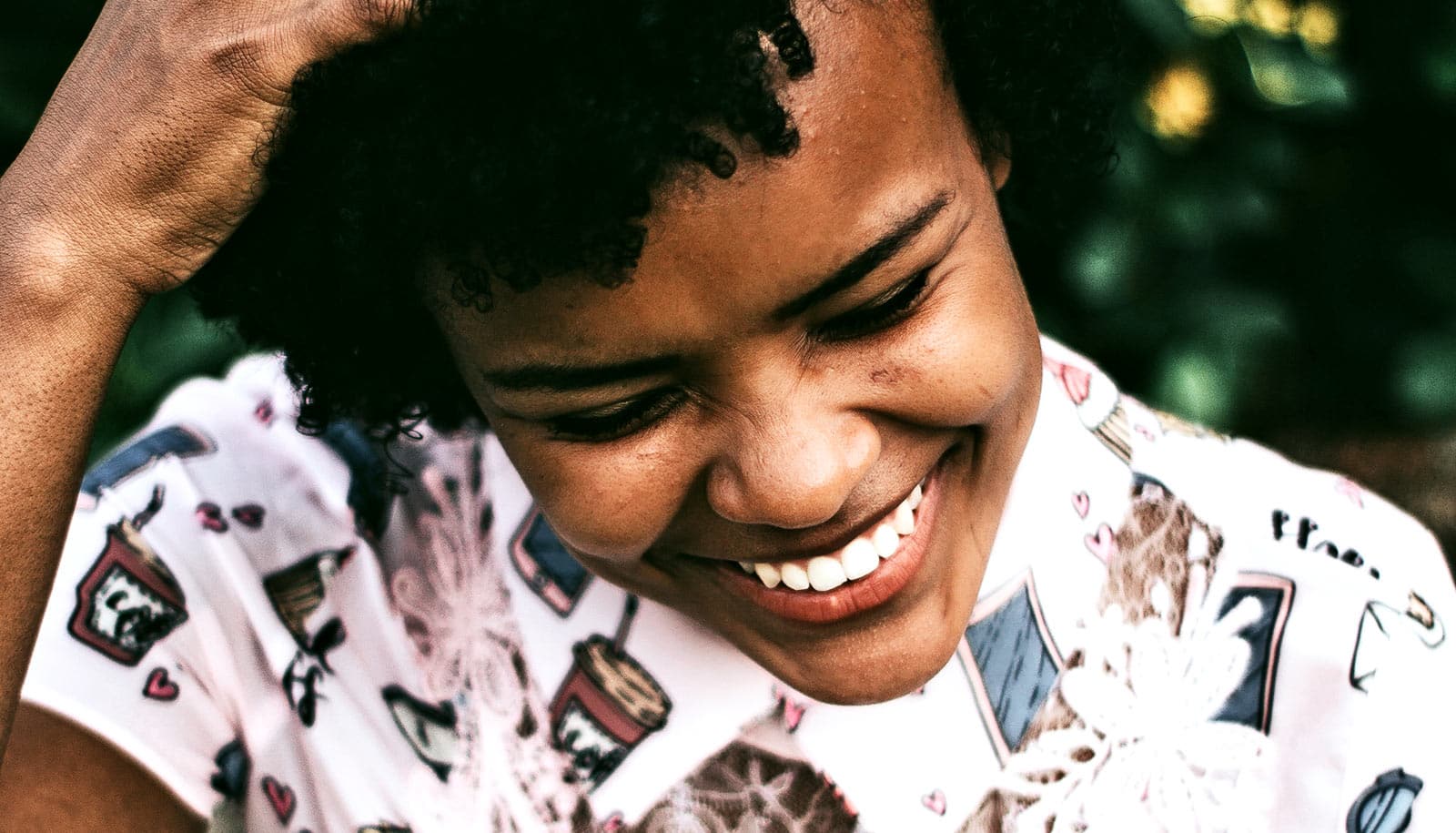Marketing researchers have identified the combination of characteristics that make people “like” images on Instagram.
Previous work found there are two aspects of an image that people respond to: feature complexity and design complexity. Essentially, feature complexity refers to fundamental characteristics such as color and brightness. Design complexity refers to the actual things found in an image and how they are arranged.
Image complexity and Instagram ‘likes’
To begin their analysis of how people respond to image complexity, the researchers identified six measures that can be used to assess various aspects of image complexity:
- Distribution of color in the image;
- Distribution of luminance in the image;
- Number of edges within the image;
- Number of objects in the image;
- Regularity of objects, which is determined by whether objects share an orientation and the extent to which they overlap; and
- How symmetrical the arrangement of objects is.
The researchers wrote a computer program to scan images and automatically generate scores for each of the six measures. The researchers also ran a validation experiment to ensure that the image assessment program was consistent with how humans perceive complexity in images.
The researchers then created a model to determine which combination of measures was most closely associated with generating “likes” on Instagram. The model accounted for confounding variables, such as the number of followers a given Instagram feed has.
These two qualities count the most
For the study, the researchers fed 147,963 Instagram images and related data into the model.
“We found that all six measures are important, but there were particular patterns in which images generated the most positive feedback,” says William Rand, coauthor of a paper on the work and an associate professor of marketing at North Carolina State University.
When it comes to feature complexity, the researchers found that there is a sweet spot right in the middle. Consumers preferred images with some diversity of light and color, but not too much and not too little. The opposite is true for design complexity. People preferred images that were either very simple or very complex.
“In practical terms, we found that you could improve the number of likes of any given image by about 3% if you applied the appropriate filter to address issues related to feature complexity,” says Rand.
“That’s nothing to sneeze at, particularly since applying a filter only takes a few seconds. What’s more, our model suggests that optimizing both feature and design complexity could improve consumer engagement by about 19%—after accounting for variables such as an account’s total number of followers.
“We are increasingly able to determine whether images included in social media messages are likely to garner interest from consumers,” says Rand. “But a lot of the variables that we know affect public interest have very little to do with the images themselves.
“For example, a brand’s strength, and the number of followers it has on Instagram, is the strongest predictor of whether consumers will engage with an image,” Rand says. “The text accompanying an image is also important.
“We’re putting this out there with the idea that it can be used to inform decisions made by design professionals in the marketing sector. But we’ve made the raw code for the model available. It’s not in a user-friendly format right now, but I’m sure the right tech-savvy people could use it to create a valuable tool for the industry.”
The paper appears in the International Journal of Research in Marketing. Coauthors are from the Rochester Institute of Technology, the University of Amsterdam, and the Ferdowsi University of Mashhad.
Source: NC State


